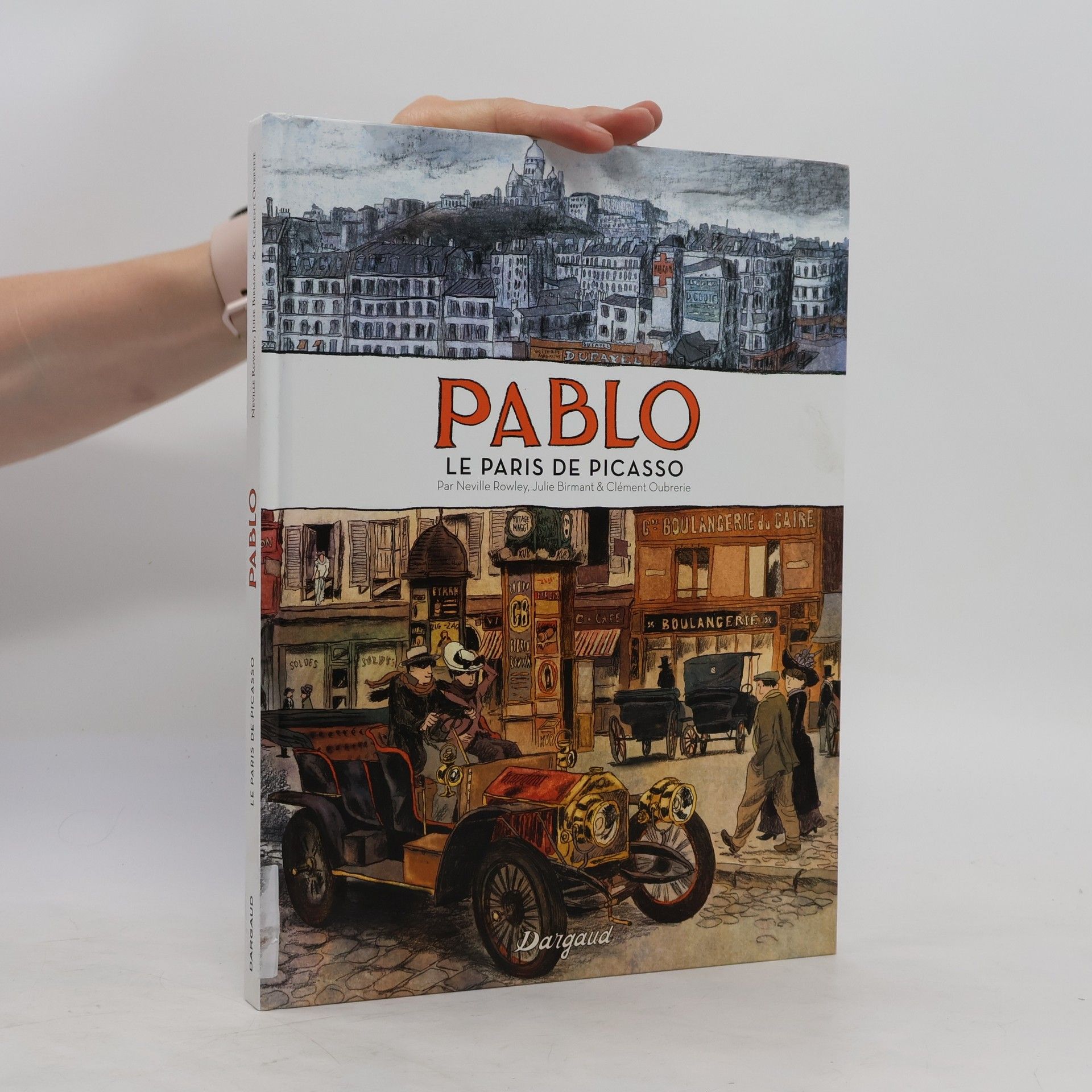Neville Rowley Book order




- 2022
- 2022
A special exhibition of the National Museums in Berlin in cooperation with the Fondazione Palazzo Strozzi and the Musei del Bargello, Florence, and the Victoria and Albert Museum, London. The Florentine sculptor Donatello (c. 1386-1466) is one of the great pioneers of the Italian Renaissance. Contemporaries already recognized his outstanding importance, and clients from all over Italy sought his works. Donatello was a versatile innovator who - always open to technical and artistic developments - experimented tirelessly with materials and aesthetic means of expression. These include the consistent use of central perspective, the rediscovery of terracotta, his pioneering achievements in the field of bas-relief such as the bronze equestrian monument, or the exploration of a wide variety of human emotions in representation. After almost 40 years and for the first time in Germany, this exceptional artist will now have his own exhibition. The focus is not only on the complexity of his work, but above all on his influence on the development of Renaissance art as a whole, not least on painting. Unique international exhibition project. Alongside the Museo Nazionale del Bargello in Florence and the Victoria & Albert Museum in London, the National Museums in Berlin possess one of the world's largest and most diverse collections of works by Donatello. Together with the Fondazione Palazzo Strozzi, these museums have joined forces to organize three monographic exhibitions of Donatello's work. Sculptures and reliefs in marble, terracotta and bronze that have never been shown together before make these shows true "once-in-a-lifetime" experiences
- 2021
The Solly Collection 1821-2021
- 112 pages
- 4 hours of reading
The foundations for a world-class public art collection in Berlin were laid in 1821: This was the year the Kingdom of Prussia acquired on behalf of the museum to be established in Berlin the painting collection of English merchant Edward Solly (1776-1844). Between 1815 and 1820 this cosmopolitan lover of the arts living in Berlin amassed thousands of paintings above all from Italy, Germany and the Netherlands. Many of the works were by artists little known at the time but who subsequently came to be greatly appreciated and are still renowned today. The exhibition and the accompanying catalogue showcase a representative selection of masterpieces, rediscoveries, and "historical peculiarities", and provide an insight into an age that on the one hand shaped our concepts of art and museums and on the other hand had an entirely different view of the works than we have today.
- 2014
Pablo
Le Paris de Picasso
Un guide de Paris à l'époque de Pablo Picasso : un parcours sous forme de 7 balades dans les lieux qui on marqués la vie du peintre. Paris, 1900-1908. Pablo Picasso vit ses années de jeunesse avec ses acolytes espagnols. Il découvre une ville en pleine mutation et y rencontre les grands artistes et poètes du XXe siècle. Entre livre d'art et guide vivant, Neville Rowley, professeur à l'Ecole du Louvre, suit la vie parisienne du peintre, à l'aube de ce nouveau siècle, au grand jour ou dans des endroits plus souterrains. Sept balades dans les lieux fréquentés par l'artiste de la série Pablo de Julie Birmant et Clément Oubrerie. A travers en 7 balades au coeur de la capitale, découvrez les lieux clés où a évolué Pablo ainsi que ses contemporains.